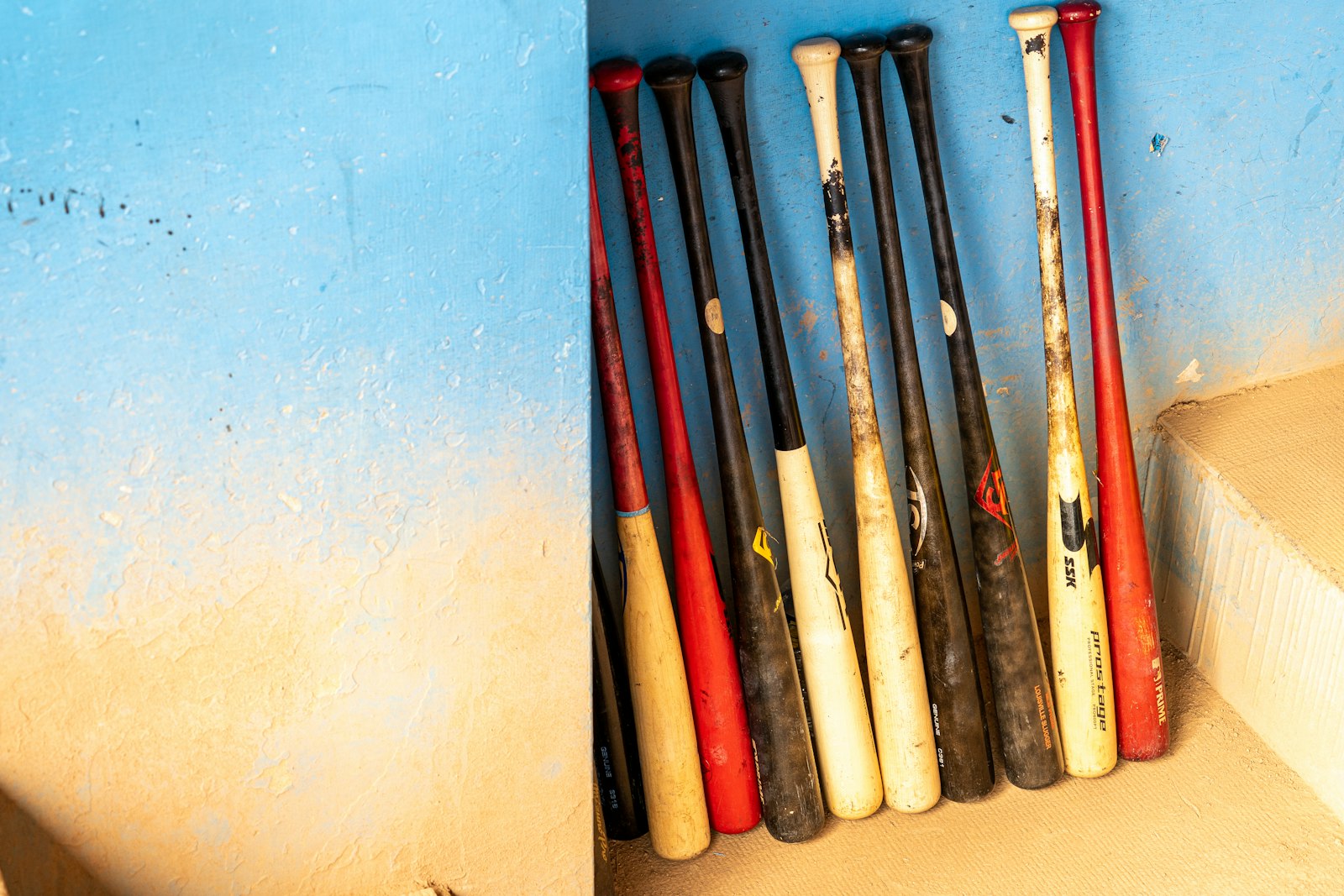Scarborough's Michael Bunting is back from a three-game suspension following his Game 1 hit on Erik Cernak. While his suspension has been argued to be outside the norm and standard set by DoPS elsewhere in the playoffs, it's in the past now, and it's time to move forward. Specifically, where Bunting stands (or sits) in the Leafs lineup ahead of Game 5.
The Leafs have won all three games without Bunting, putting them in a commanding position in the series. However, it is shallow to think it's all his fault. The Leafs had already lost the first game when the antics around Bunting started happening, and the Lightning didn't let a lack of Bunting stop them from gooning up Games 2 and 3 once Bunting was already suspended. If the Lightning want to goon up a game, they don't need Bunting to do it. The instigators are on their team, and they'll find players to target.
And yet, Sheldon Keefe isn't putting Bunting into his lineup, as far as Wednesday's practice is concerned.
#Leafs lines at practice Apr. 26/23
— David Alter (@dalter) April 26, 2023
Jarnkrok-Matthews-Nylander
Knies-Tavares-Marner
Kerfoot-O’Reilly-Acciari
AstonReese-Kampf-Lafferty
Extra: Bunting, Simmonds
McCabe-Brodie
Giordano-Holl
Rielly-Schenn
Gustafsson-Liljegren
Mete-Timmins
Samsonov
Woll
Kallgren@BodogCA…

When to Bunt and when to not
Bunting is not a complicated player to understand. He's a competent third wheel on either of the Leafs top-six lines, he can make plays in tight spaces, he hits, and he can move the puck. He's a valuable player to the team, especially when there was a lack of top-six supporting players.
How Bunting is in a bottom-six or fourth line role is a bit more of an unknown because he's only played about 300 minutes away from Matthews and Tavares in his three seasons with the Leafs. By my count, he only played four games away from a top-four skater (two years ago with Spezza and Simmonds). Could he be a good checking forward? Yeah, probably. Is that not using him to the best of his ability? Also yes. Luckily for the Leafs, they have three lines centred by star forwards where Bunting can plausibly line up around.
The other thing holding Bunting back is the internal competition. I don't mean ZAR or Lafferty, but the impressive play by Matthew Knies, Alex Kerfoot, Calle Järnkrok, and Noel Acciari. All four have made a case to be given minutes, and especially Knies and Kerfoot in prominent roles. In reality, Järnkrok has made the weakest case in terms of individual success, though he's not been a drag on the team at all in the compressed series (52% shots, 60% expected goals, 75% real goals). With the middle six Kyle Dubas has constructed and developed, the Leafs have metric acres of injury protection and variability with their forward lines.
The question then becomes why not play Bunting on the fourth line and sit ZAR or Lafferty. That's a good question, and one I wished Sheldon Keefe answered in his practice press conference. I don't particularly know what Bunting lacks that the two lowest wingers have.
Keefe on message to Bunting: The message was that he will get back in, just not tomorrow.
— David Alter (@dalter) April 26, 2023
Michael Bunting on the explanation for not getting into Game 5: it's a conversation between Keefer and I. I want to play. I want to be in the lineup. That's what I intend on doing in the future here; There is a little adversity here. But I've been dealing with adversity my whole…
— David Alter (@dalter) April 26, 2023
Tampa's Tactics
There has also been a case developed around why it might be an actively bad idea to dress Bunting against Toronto. I have a response to that, because it sure "looks like" Bunting riles up the Lightning, they feed on the testosterone and either play better or beat up the Leafs.
But instead of jumping to conclusions, let's see what's actually happening.
Between this year's and last year's series against the Leafs (11 games), when the Lightning win/are leading (5 games), they take on average 10 PIM per game. However, when they lose/are trailing (6 games), that number skyrockets to 25 PIM per game. This matches the trend in their last two playoffs against all opponents (18 PIM in a loss, 10 PIM in a win), and the last two regular seasons (13 PIM in a loss, 10 PIM in a win).
Tampa Bay's tactics are very clear. When they're behind, they gum up the works and use it help them narrow the disadvantage. The intended results of those being in blowouts to make a statement for the next game, or to get the other team out of their groove at 5v5, or to push the refs into giving more power plays, some of which might go to them.
All of this can be accomplished with or without Bunting. In fact, the Lightning did exactly this to the Leafs in Game 2 – when they gooned up the third period to make a statement – and Game 3 – fighting Matthews as the game was tight and they saw the tide was turning.
The only loss the Lightning didn't do anything was when they thought they had the game in the bag – Game 4. In that game, the fourth line played very little, as they do in most games the Lightning lead. From a tactics perspective, I think Jon Cooper was slow to realize his team was on their heels and he let the Leafs do their thing for the whole game after the first period, and especially in the final 15 minutes of the third period and overtime en route to their 4-1 comeback.
whoops pic.twitter.com/TIL7nH4GTR
— Omar (@TicTacTOmar) April 25, 2023
Is it a "fair" tactic to implement? Whatever your answer to that is, the reality is that's what the Lightning do. The numbers bear it out.
Final Thoughts
So, what should the Leafs do?
Ice their best lineup, because the Lightning will do their thing regardless of who's on the ice. The Leafs have been winning this series on the back of their three lines and the Lightning's lack of depth. Leaning into throwing more talent at the weak spots in the Lightning's roster will only help them more.
Is the current lineup bad and getting out-played every night?
No, actually. They were poor in Game 3 and that game only. The truth is the Leafs have had the better of the Lightning in expected goals in three of the four games in the series. To label the team's performance after one period (like many did in Games 3 and 4) is unfair and inaccurate to the improved play and comebacks they achieved.
Should Michael Bunting be in the lineup?
Yes. Bunting is a good player, and even if he's just on the fourth line as an everyday checker in reserve if someone up the lineup has a bad day, he's still more useful than Sam Lafferty. Sorry, Sam.








Comment Markdown
Inline Styles
Bold: **Text**
Italics: *Text*
Both: ***Text***
Strikethrough: ~~Text~~
Code: `Text` used as sarcasm font at PPP
Spoiler: !!Text!!